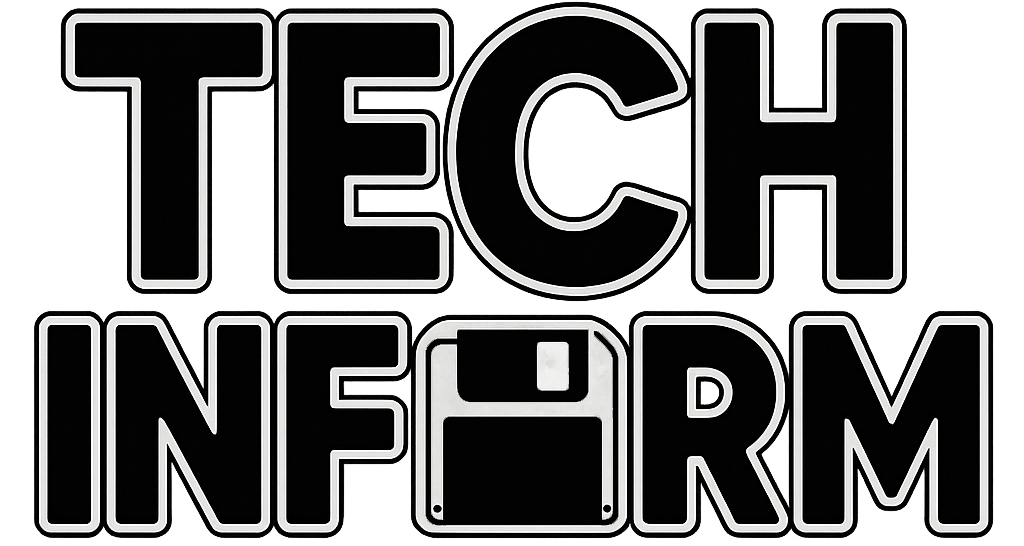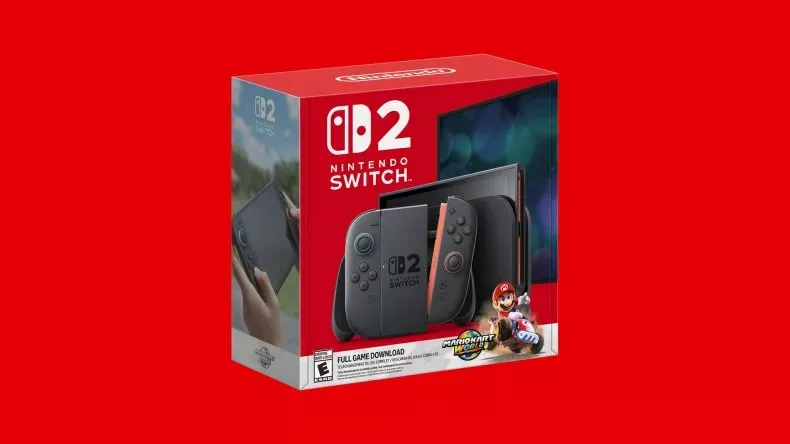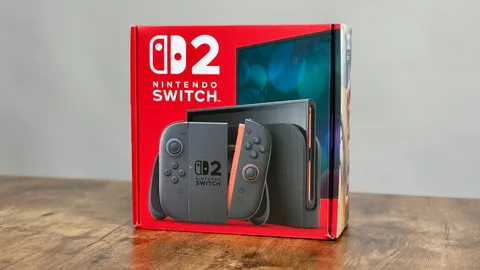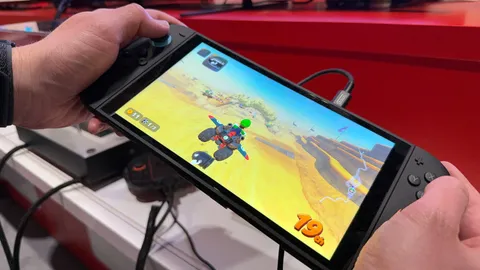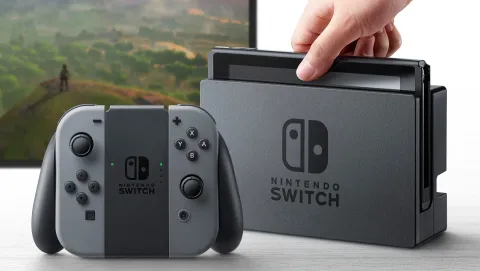Nintendo has officially unveiled the Nintendo Switch 2, and on the surface, it looks like the upgrade fans have been waiting for. Launching June 5, 2025, at a retail price of $449.99, the new console promises modern hardware, better visuals, and a more refined hybrid experience. But while the specs are getting a boost, there’s already some justified skepticism bubbling beneath the excitement.
Let’s start with the hardware. The Switch 2 features a 7.9-inch 1080p LCD screen with a 120Hz refresh rate, delivering a smoother handheld experience than the original’s 720p panel. Docked, the system is capable of 4K output, powered by a new custom Nvidia chip with support for DLSS and ray tracing. It all sounds cutting-edge—until you remember that even many high-end gaming PCs struggle with 4K resolution and ray tracing at a stable 60 frames per second. Realistically, Nintendo will be leaning heavily on DLSS upscaling, and we’re likely looking at dynamic resolution scaling and performance compromises to hit those targets.
The Joy-Con 2 controllers have also been reworked. They now attach magnetically, sport larger buttons for improved ergonomics, and introduce a new “C” button for voice and video chat. There’s also the option to use them as a mouse, which could be handy for streamers or productivity use. It’s a nice evolution of the original design—cleaner, more modern, and more versatile.
As for storage, the Switch 2 includes 256GB of internal memory, which is a welcome bump—but still not spacious considering modern game sizes, especially if developers lean into 4K assets. It does support microSD Express cards for expansion, though those cards come at a premium price, meaning storage upgrades won’t be cheap.
One strong positive: backward compatibility. Most existing Switch games and accessories will work with the new system. That’s a critical move, and a relief for current Switch owners sitting on big game libraries and accessories.
Now to the issue already drawing heat: game pricing. Several retailers and industry insiders suggest that Nintendo is moving to a $69.99 price point for new first-party titles. This puts it in line with Xbox and PlayStation, but the comparison doesn’t sit right with everyone. Nintendo’s games, while beloved, often don’t match the technical scale or development complexity of other AAA titles at that price tier. Combine that with Nintendo’s well-known aversion to price drops, and it starts to feel like fans are being asked to pay more without getting more in return.
Launch titles include Mario Kart World, Donkey Kong Bananza, and a port of Cyberpunk 2077—the latter of which is ambitious, to say the least. Pre-orders were supposed to go live on April 9, but have been delayed due to new tariff complications stemming from recent U.S. trade policy changes. Nintendo maintains that the June 5 launch remains on track, though global availability could still be impacted.
In many ways, the Switch 2 looks like a meaningful step forward. It’s addressing real complaints from the original model: screen quality, controller ergonomics, internal performance. But with a higher price tag, premium game pricing, and big promises around 4K and ray tracing, it’s fair to approach the hype with caution. Nintendo is evolving its hardware—but it’s also stepping into more premium pricing territory without fully closing the gap in power or features compared to its console rivals.
Here at TechInform, we’re planning to pick up a Switch 2 at launch and will have full coverage, hands-on impressions, and real-world performance testing. We’ll let you know what actually delivers—and what’s just marketing smoke. Stay tuned.
